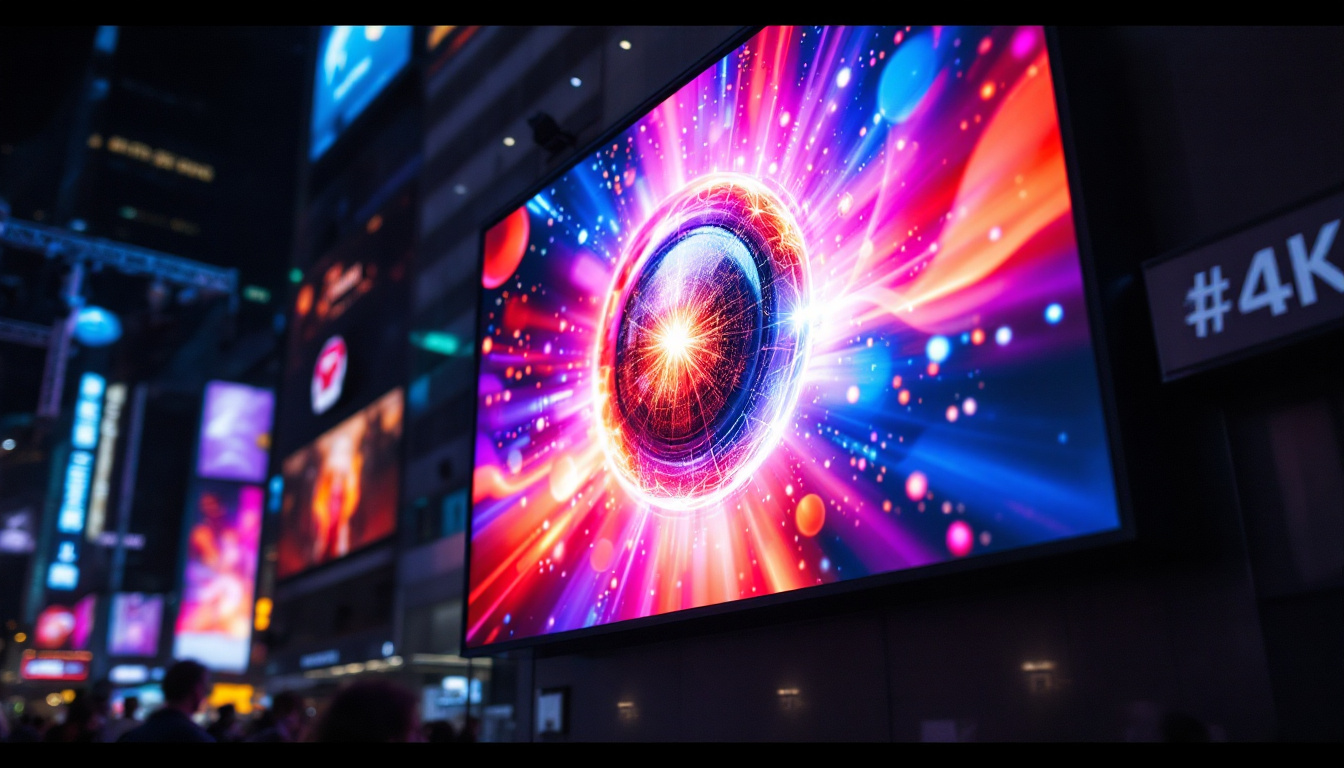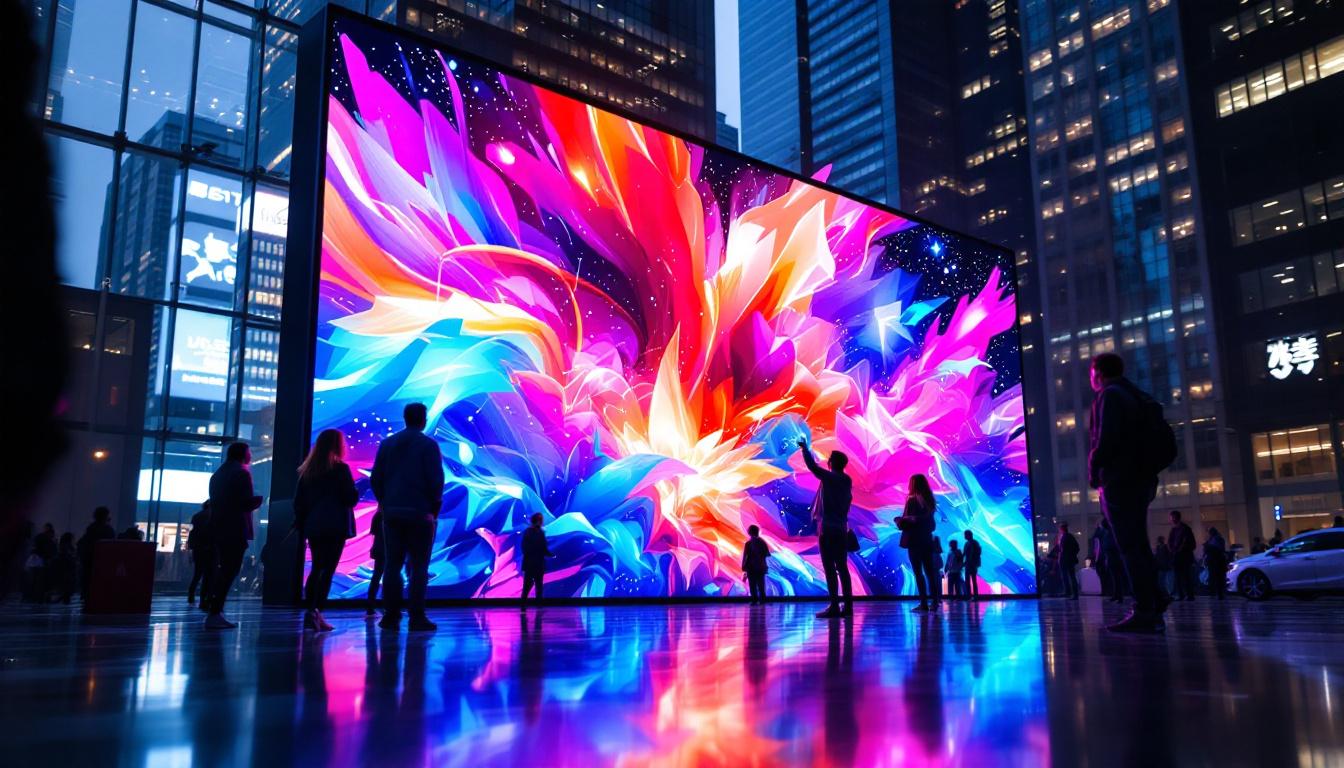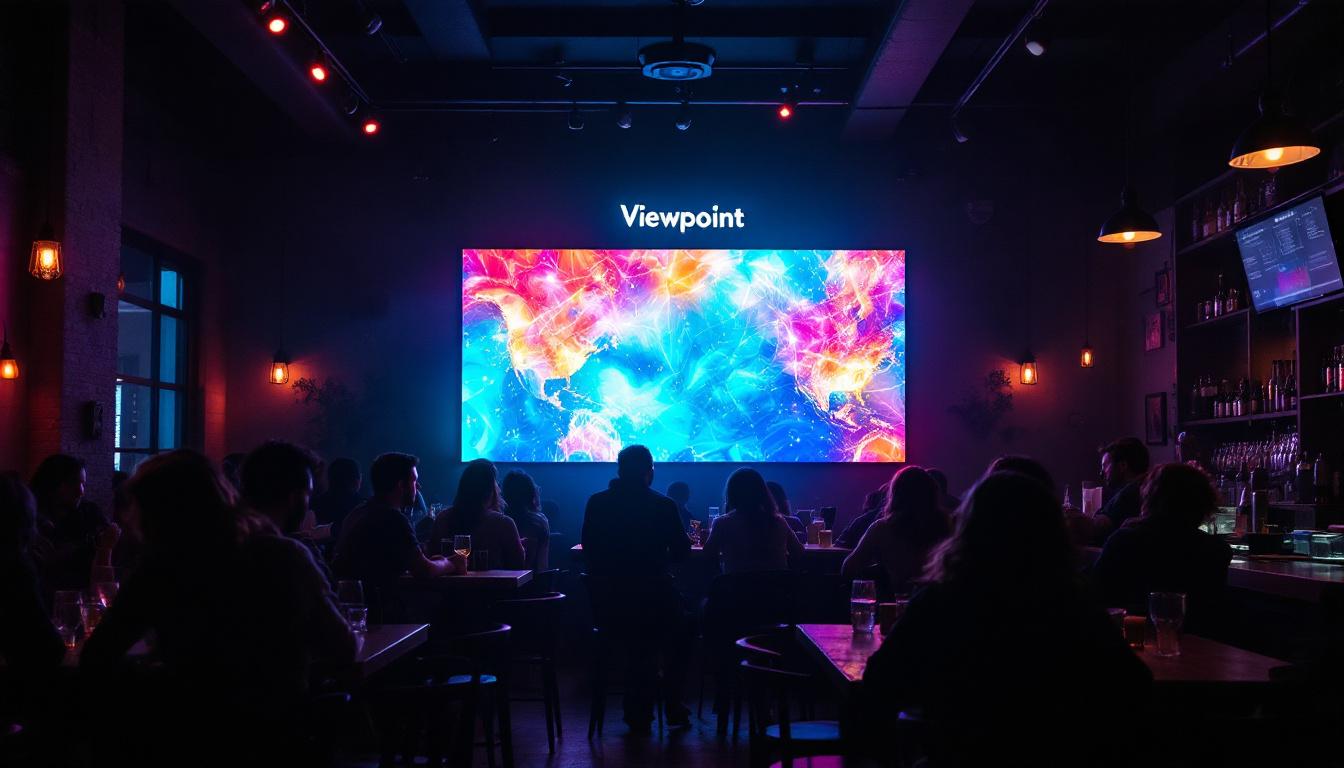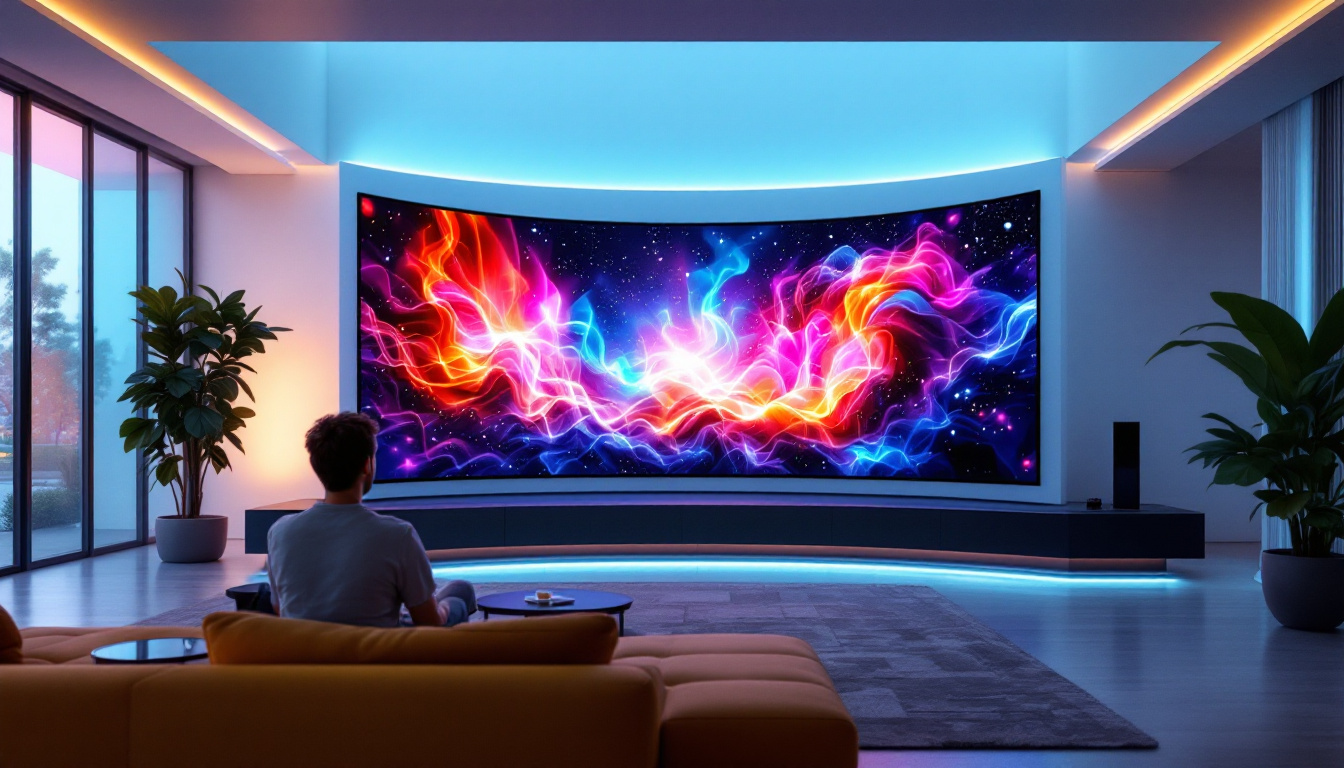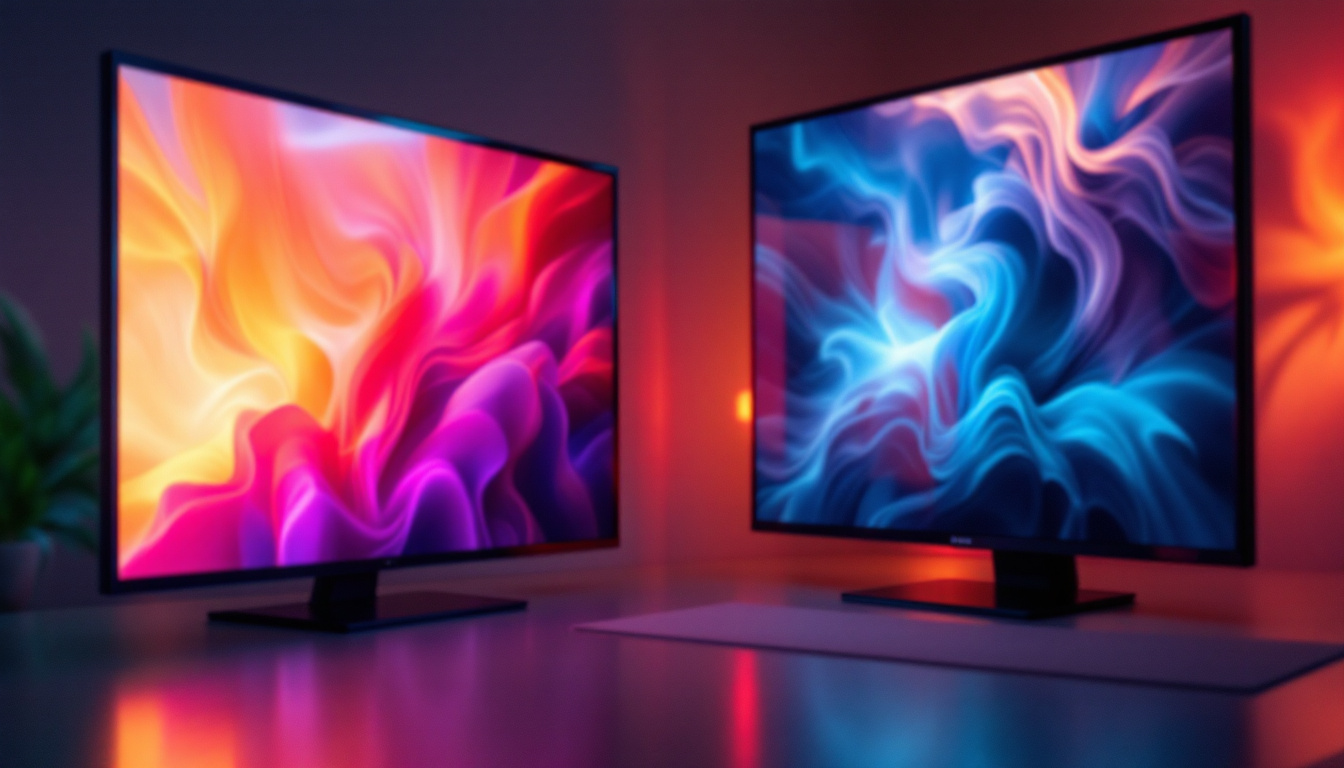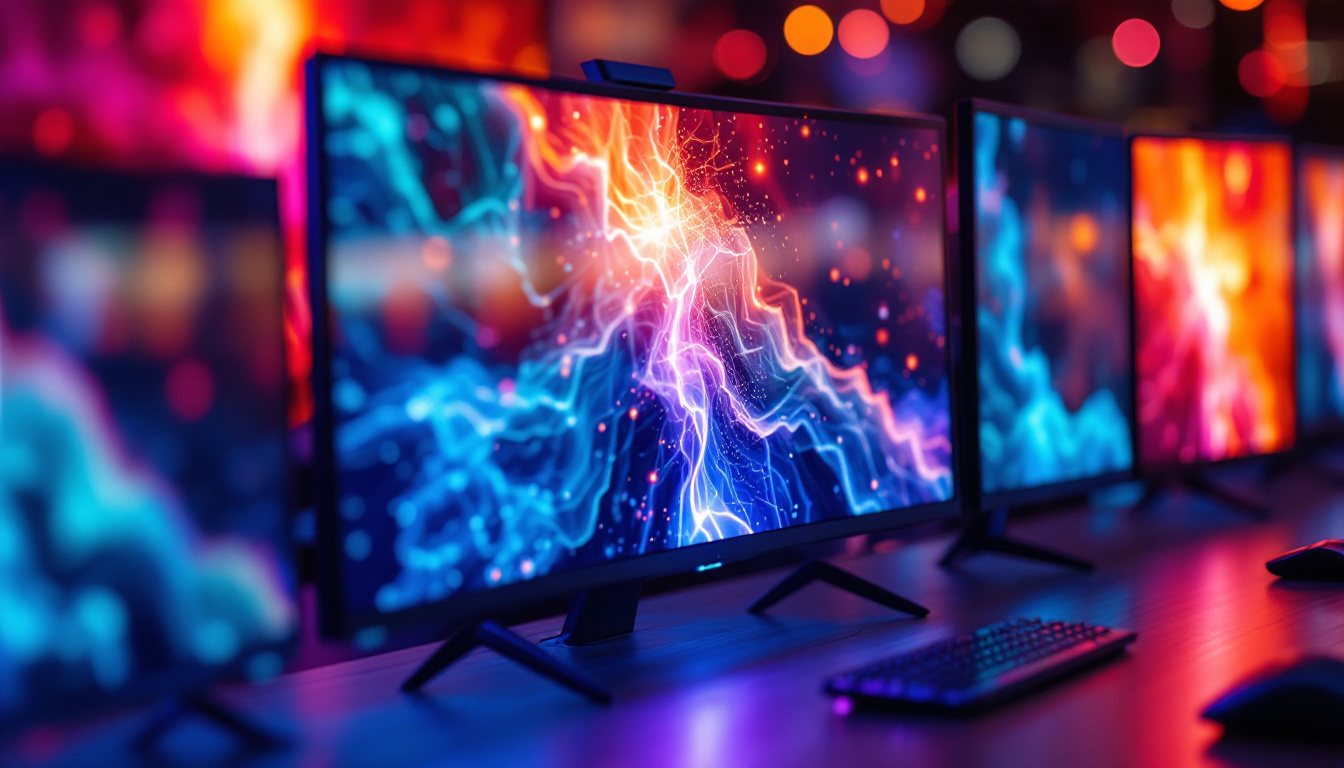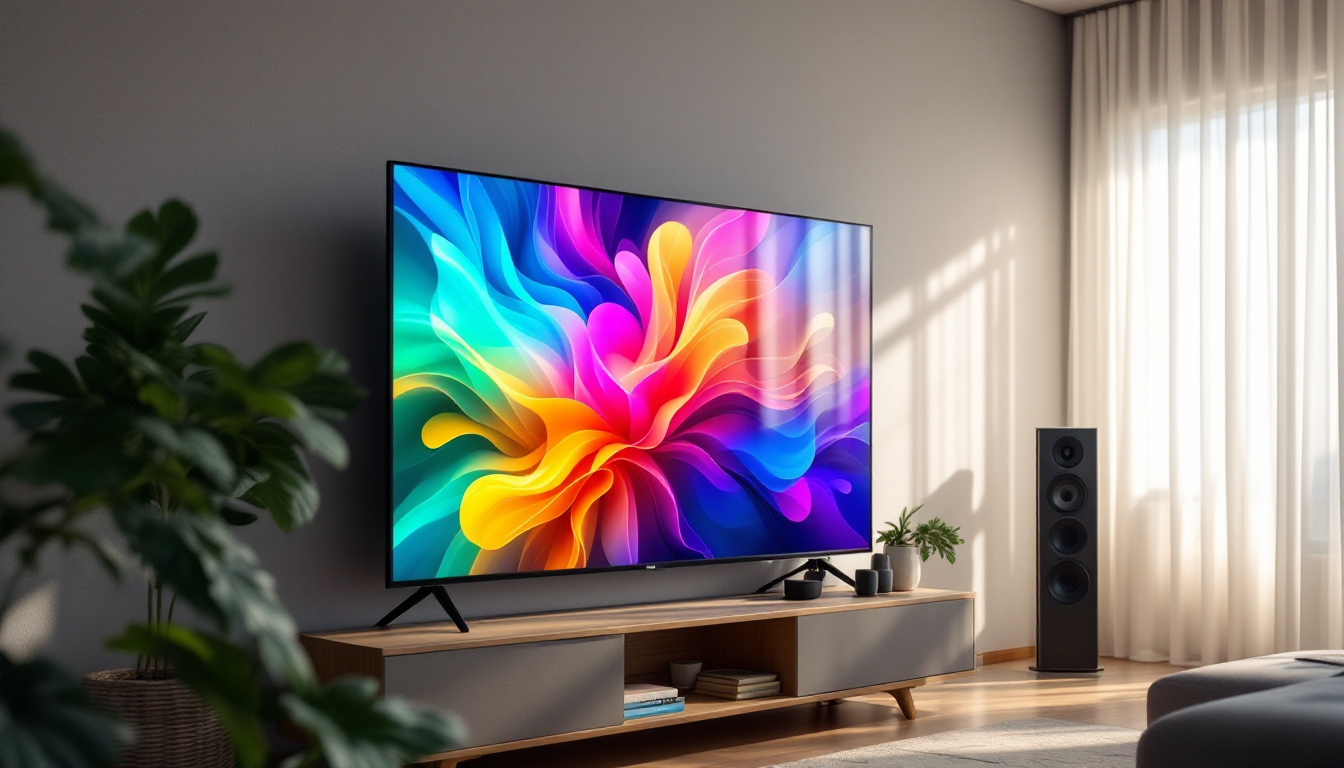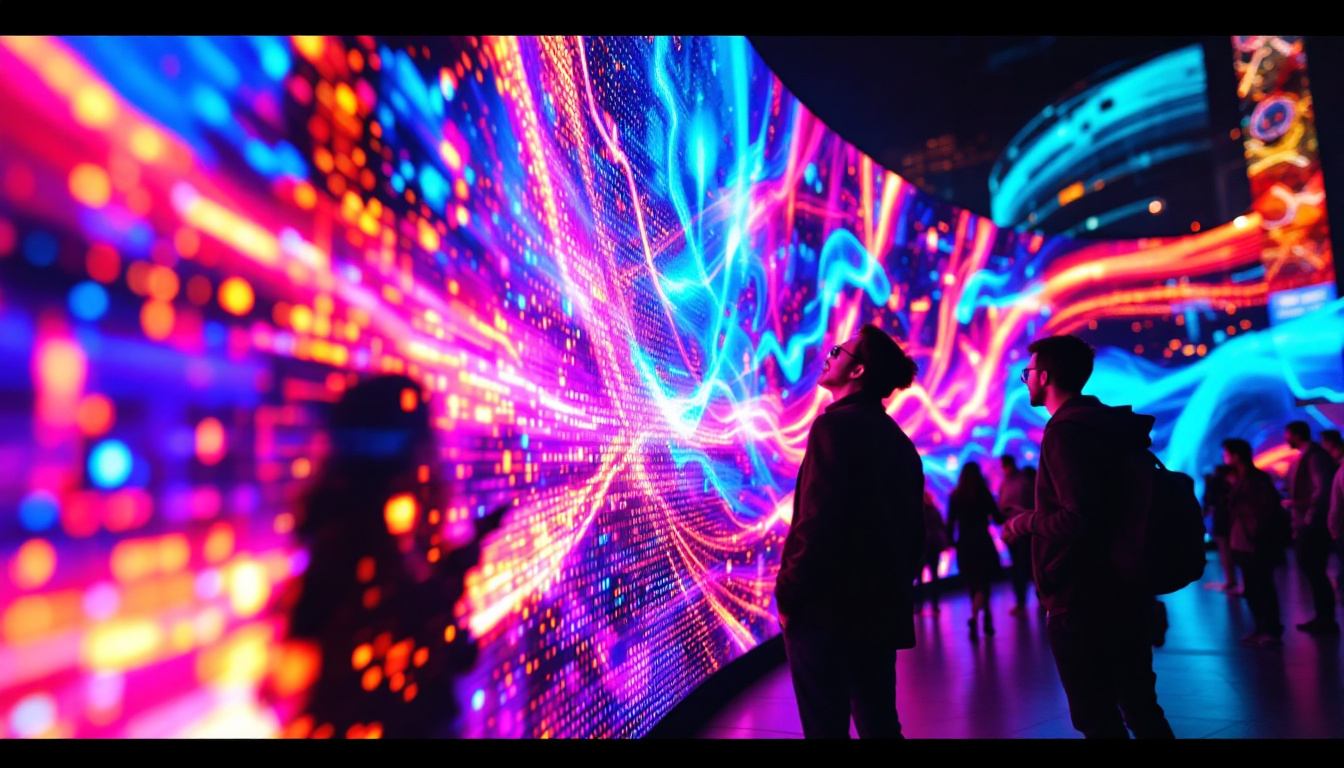In recent years, the demand for high-quality visual displays has surged, driven by advancements in technology and the ever-increasing need for immersive viewing experiences. Among the various display technologies available, 4K LED displays have emerged as a popular choice for both consumers and professionals alike. This article delves into the intricacies of 4K LED displays, exploring their features, benefits, and applications.
Understanding 4K Resolution
4K resolution, also known as Ultra High Definition (UHD), refers to a display resolution of approximately 3840 x 2160 pixels. This is four times the pixel count of Full HD (1920 x 1080), resulting in sharper images and more detailed visuals. The increased pixel density allows for a more immersive experience, making it ideal for large screens and close viewing distances. The clarity offered by 4K is particularly beneficial for cinematic experiences, where every frame can be appreciated in stunning detail, allowing viewers to catch nuances that might be missed in lower resolutions.
The Importance of Pixel Density
Pixel density plays a crucial role in the quality of the image displayed. Higher pixel density means that individual pixels are smaller and less noticeable, leading to smoother gradients and finer details. This is particularly important for applications such as gaming, graphic design, and video editing, where precision and clarity are paramount. In gaming, for instance, the ability to see intricate textures and subtle lighting effects can significantly enhance gameplay, making environments feel more lifelike and engaging. Similarly, in graphic design, artists can work with greater accuracy, ensuring that their creations are rendered as intended without the distortion that can occur at lower resolutions.
Content Availability
As 4K technology has become more mainstream, the availability of 4K content has also increased. Streaming services, such as Netflix and Amazon Prime, offer a growing library of movies and shows in 4K resolution. Additionally, many video games are now optimized for 4K displays, providing gamers with an enhanced visual experience. Beyond streaming, 4K content is also becoming more prevalent in physical media, with Ultra HD Blu-ray discs offering a high-quality alternative for film enthusiasts who prefer owning their favorite titles. Furthermore, as more cameras and smartphones are capable of shooting in 4K, the creation of user-generated content in this format is on the rise, leading to a diverse array of videos available online, from vlogs to short films, all benefiting from the stunning detail that 4K provides.
What is LED Technology?
LED (Light Emitting Diode) technology is a method of producing light using semiconductor materials. In the context of displays, LEDs are used as backlighting for LCD screens or as individual pixels in OLED displays. LED technology is known for its energy efficiency, longevity, and ability to produce vibrant colors. This innovative technology has revolutionized the way we interact with screens, making it a staple in everything from smartphones to large-scale advertising billboards. The compact nature of LEDs allows for thinner and lighter designs, enabling manufacturers to create sleeker devices that are both aesthetically pleasing and functional.
Types of LED Displays
There are primarily two types of LED displays: traditional LED-backlit LCDs and direct-view LED displays. Traditional LED-backlit LCDs use LEDs to illuminate the liquid crystal display, while direct-view LED displays consist of an array of individual LEDs that emit light directly. Each type has its unique advantages and applications. For instance, LED-backlit LCDs are commonly found in televisions and computer monitors, providing a good balance of performance and cost. On the other hand, direct-view LED displays are often used in large venues, such as stadiums and concert halls, where their ability to deliver bright and clear images from a distance becomes essential.
Advantages of LED Technology
LED displays offer several benefits over traditional display technologies. They are generally more energy-efficient, which translates to lower electricity bills and a reduced carbon footprint. Additionally, LED displays provide better color accuracy and contrast ratios, enhancing the overall viewing experience. The longevity of LED technology also means that users can enjoy their devices for longer periods without the need for frequent replacements, further contributing to sustainability. Furthermore, the rapid response time of LEDs allows for smoother motion rendering, making them ideal for fast-paced video content, gaming, and live broadcasts. This capability not only enhances entertainment experiences but also makes LED technology a preferred choice for professional applications, such as medical imaging and graphic design, where precision is paramount.
4K LED Display Features
4K LED displays come equipped with a range of features that enhance their performance and usability. Understanding these features can help consumers make informed decisions when purchasing a display.
High Dynamic Range (HDR)
High Dynamic Range (HDR) technology is a significant advancement in display technology. HDR enhances the contrast and color range of a display, allowing for brighter highlights and deeper shadows. This results in a more realistic and immersive viewing experience. Many 4K LED displays now support HDR, making them ideal for watching movies and playing games.
Wide Color Gamut (WCG)
Wide Color Gamut (WCG) refers to the ability of a display to reproduce a broader range of colors. A display with WCG can show more vibrant and accurate colors, which is particularly important for content creators and graphic designers. Many 4K LED displays are designed to meet industry standards for color accuracy, ensuring that the colors seen on-screen closely match the original content.
Refresh Rate and Response Time
The refresh rate of a display refers to how many times per second the image is refreshed, measured in hertz (Hz). A higher refresh rate results in smoother motion, which is particularly beneficial for fast-paced content such as sports and action movies. Response time, on the other hand, measures how quickly a pixel can change from one color to another. Lower response times reduce motion blur, enhancing the overall viewing experience.
Applications of 4K LED Displays
The versatility of 4K LED displays makes them suitable for a wide range of applications, from home entertainment to professional settings. Understanding these applications can help users choose the right display for their needs.
Home Entertainment
For home entertainment, 4K LED displays provide an unparalleled viewing experience. Whether watching movies, playing video games, or streaming content, the high resolution and vibrant colors enhance the overall enjoyment. Many consumers invest in 4K LED TVs to create a cinematic experience in their living rooms.
Professional Use in Business and Education
In professional settings, 4K LED displays are used for presentations, video conferencing, and digital signage. Their high resolution and clarity make them ideal for displaying detailed information, graphs, and images. In educational institutions, 4K displays are increasingly used in classrooms to facilitate interactive learning experiences.
Creative Industries
creative professionals, such as graphic designers, photographers, and video editors, benefit significantly from 4K LED displays. The enhanced color accuracy and detail allow for precise editing and content creation. Many creative studios are now equipped with 4K displays to ensure that their work meets industry standards.
Choosing the Right 4K LED Display
With a myriad of options available in the market, selecting the right 4K LED display can be a daunting task. Several factors should be considered to ensure that the chosen display meets the user’s needs.
Screen Size and Viewing Distance
The size of the display should be chosen based on the viewing distance. A larger screen may be ideal for a home theater setup, while a smaller screen may be more suitable for a bedroom or office. It is essential to consider how far away viewers will be sitting from the screen to determine the optimal size.
Connectivity Options
Connectivity is another crucial factor when choosing a 4K LED display. Most modern displays come equipped with multiple HDMI ports, USB ports, and other connectivity options. Ensuring that the display has the necessary ports to connect to various devices, such as gaming consoles, Blu-ray players, and streaming devices, is essential for a seamless experience.
Budget Considerations
Budget is often a significant consideration when purchasing a 4K LED display. Prices can vary significantly based on brand, size, and features. It is advisable to set a budget and explore options within that range, weighing the features against the price to find the best value.
Future of 4K LED Displays
The future of 4K LED displays looks promising, with ongoing advancements in technology and increasing demand for high-quality visual experiences. As manufacturers continue to innovate, consumers can expect even more features and improvements in display quality.
Emerging Technologies
Emerging technologies, such as MicroLED and MiniLED, are set to revolutionize the display industry. These technologies promise to deliver even better color accuracy, contrast ratios, and energy efficiency. As these technologies become more mainstream, they will likely enhance the performance of 4K displays.
Integration with Smart Technology
As smart home technology continues to evolve, 4K LED displays are increasingly being integrated with smart features. This includes compatibility with voice assistants, smart home systems, and streaming services. The integration of smart technology will provide users with a more convenient and connected viewing experience.
Conclusion
4K LED displays represent a significant advancement in display technology, offering enhanced resolution, color accuracy, and versatility for various applications. Understanding the features, benefits, and considerations when choosing a display can help consumers and professionals alike make informed decisions. As technology continues to evolve, the future of 4K LED displays promises even more exciting developments, ensuring that they remain at the forefront of visual experiences.
Discover the Future of Visual Experiences with LumenMatrix
Ready to elevate your visual experience with the latest in 4K LED display technology? Look no further than LumenMatrix, a pioneer in crafting LED display modules that transform any space into a dynamic visual spectacle. Whether you’re seeking to boost your brand’s presence with an Indoor LED Wall Display, captivate passersby with an Outdoor LED Wall Display, or innovate with Custom LED Display solutions, LumenMatrix has you covered. Embrace the future of digital signage and create immersive environments that engage and inspire. Check out LumenMatrix LED Display Solutions today and witness how we’re redefining visual communication.

